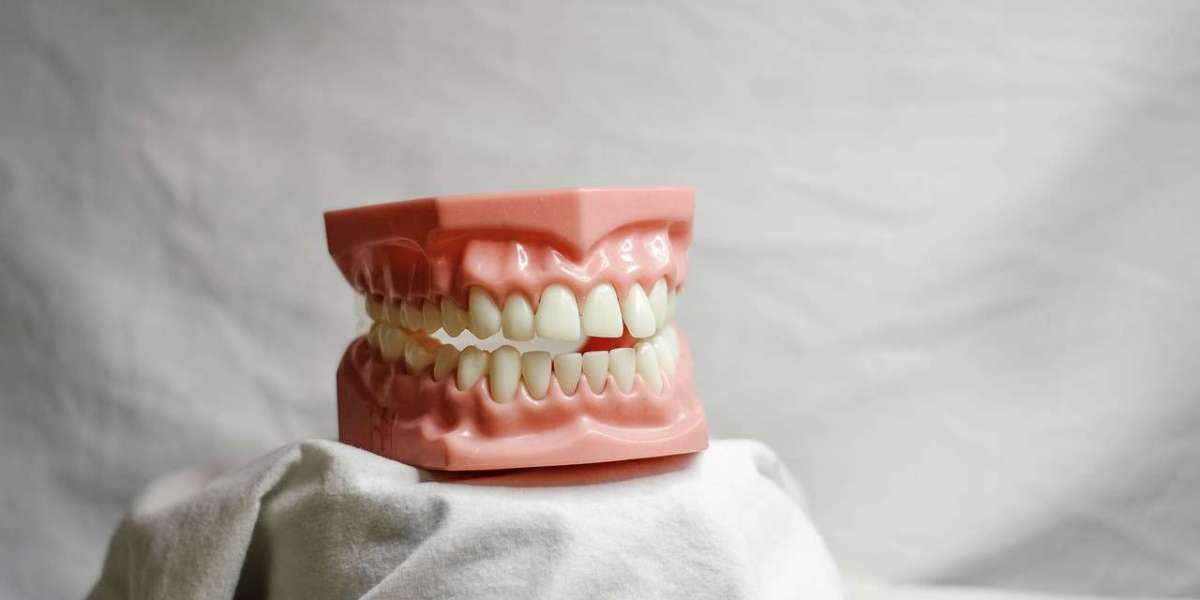Understanding the Severity of Decay
The first step in addressing a severely decayed molar is understanding the extent of the decay. Dental decay that reaches deep into the tooth can infect the pulp, the innermost part of the tooth containing nerves and blood vessels. Symptoms may include severe pain, sensitivity to hot or cold, swelling around the tooth, and discoloration. If the decay has reached the pulp, prompt treatment is necessary to prevent further complications like abscesses or spread of infection.
Treatment Options
Dental Filling: If the decay hasn't reached the pulp, the dentist might suggest a filling. This involves removing the decayed tooth material, cleaning the affected area, and filling it with a dental material such as composite, amalgam, or porcelain. However, for extensive decay, this option might not be feasible.
Root Canal Therapy: This is the most common treatment for teeth where decay has reached the pulp. A root canal involves removing the infected or damaged pulp, cleaning and disinfecting the inner chambers of the tooth, and sealing them to prevent further infection. The tooth is then restored with a crown or filling for protection and to restore functionality.
Tooth Extraction: In cases where the tooth is too severely decayed to be saved, extraction may be necessary. Removing the tooth can alleviate pain and prevent the spread of infection. After extraction, it’s important to consider tooth replacement options such as implants, bridges, or partial dentures to prevent adjacent teeth from shifting and to restore chewing function.
Preventing Further Decay
While addressing the current decay is critical, it's equally important to take steps to prevent future issues:
Maintain Oral Hygiene: Brushing twice a day with fluoride toothpaste, flossing daily, and using an antiseptic mouthwash can greatly reduce the risk of decay.
Regular Dental Check-ups: Visiting the dentist in Southwark regularly for cleanings and examinations can catch potential problems early before they develop into severe decay.
Dietary Adjustments: Limiting sugary and acidic foods and drinks can help prevent tooth decay. Instead, focus on a balanced diet rich in vitamins and minerals that promote dental health.
Fluoride Treatments: Professional fluoride treatments can strengthen enamel and help resist decay.
Sealants: Applying a protective sealant to molars can prevent decay, especially useful in children and teenagers.
The Importance of Professional Advice
Handling a severely decayed tooth is not a DIY project. It’s crucial to consult with a dental professional who can provide a proper diagnosis and treatment plan. A dentist will evaluate the extent of the decay, discuss potential treatment options, and recommend the best course of action based on the specific condition of your tooth and overall oral health.
Conclusion
A severely decayed first molar requires immediate attention to alleviate pain and prevent further complications. Understanding the severity of the decay, exploring appropriate treatment options, and taking proactive steps to prevent future decay are essential for maintaining oral health. Always seek professional advice to ensure that you are choosing the most effective and suitable treatment for your dental needs. By taking timely and informed action, you can restore your dental health and avoid long-term negative outcomes.







